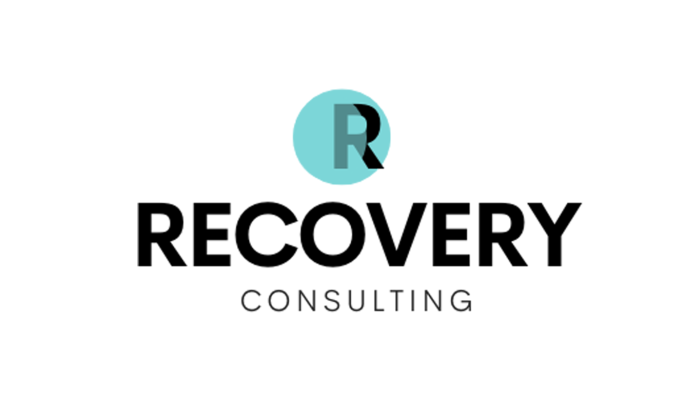Apr 3, 2017

NAATP Outcomes Pilot Program Enrollment Complete as Patient Data Comes into the System
The NAATP Outcomes Pilot Program (OPP) has now reached the stage where the study participants are fully enrolled and reporting use, treatment, and preliminary recovery data. Following months of preparation of the evaluation tool, study protocols, and pilot site qualification, we are pleased to report that the study is on track and producing early data.
The purpose of the OPP is to create a reliable addiction treatment outcomes study instrument and data collection system that can be replicated to measure the efficacy of addiction care and improve addiction treatment practices. The NAATP OPP is unique in that it collects data from eight distinct treatment programs, measures patient outcomes on a comprehensive and varied scale, and is governed by rigorous data collection and evaluation standards overseen by an Institutional Review Board (IRB) and includes a Certificate of Confidentiality with National Institute of Health (NIH) approval.
The addiction treatment field has lacked this level of rigorous social science in the past, and NAATP believes the OPP will validate addiction treatment on a broader scale by norming a replicable instrument and providing reliable collection methodology. Additionally, the OPP will produce preliminary data on pilot patient outcomes following treatment. Among the measures being tracked are sobriety, physical health, mental health, social supports, service delivery, continued care and self-help groups, prescription use, and quality of life measurements.
Key Findings from the NAATP OPP First Quarterly Report
Enrollment Date
The total number of participants in the Outcomes Pilot Program is 756. Of these, 647 people (86%) have been discharged from treatment, 436 people (58%) have completed the one month follow-up survey, and 267 people (35%) have completed the three-month follow-up survey. The follow-up numbers will continue to increase because the data collection timeframes are still open for many participants.
Key Intake Demographics
Participants range in age from 18 to 74, with a mean age of 37 years. Fifty-nine percent of participants are male and 34% are female. Four percent of participants identify as Hispanic or Latino. Ninety-one percent of participants identify as White, 3% identify as Black or African American, 2% identify as American Indian or Alaskan Native, 1% identify as Asian, and less than 1% identify as Native Hawaiian or Other Pacific Islander. Because participants could skip questions, reported percentages may not sum to 100%. The two most common mental health concerns were anxiety or tension and trouble concentrating. Forty percent of participants were currently seeing a mental health professional at intake to treatment. Forty-five percent of participants were currently taking medication for a psychological/psychiatric condition at intake.
Substance Use at Intake Data
At intake to treatment, participants indicated the substances they used in the past week, in the past month, and in the past year. The two most common substances participants had used in the past year or past month were alcohol and marijuana. The two most common substances participants had used in the past week were alcohol and benzodiazepines. The percentage of prescription opioid use in the past week was 13%, with 23% in the last month and 35% in the past year. Sixty-three percent of participants had received treatment for a substance use disorder prior to admission.
The Next Report
The Second Quarter OPP Report will be ready in time for the NAATP National in May, so look for new information soon. We will have additional follow-up information including follow-up rate activity, demographic updates, and enhanced data on substance use and abstinence. We are hoping to have key service delivery information available in Quarters Two and Three reports, so stay tuned for OPP updates throughout our year-long data collection process.





















